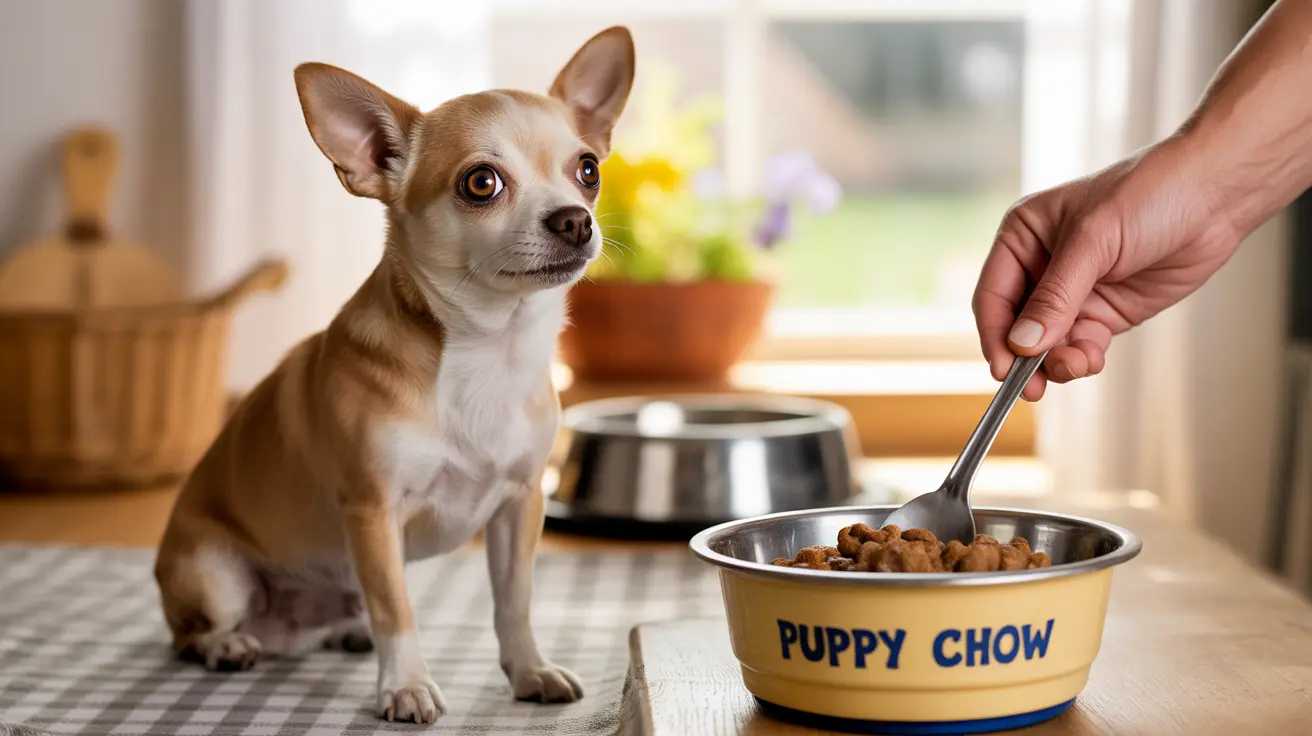Safe Temperature Guidelines for Dog Food
The ideal serving temperature for dog food is lukewarm to mildly warm, approximately 95-105°F (35-40°C). This temperature range mimics what dogs would naturally encounter when consuming fresh prey in the wild.
To ensure safety, always test the food's temperature before serving:
- Use your wrist or the back of your hand to check for comfortable warmth
- Stir thoroughly to eliminate hot spots
- Allow very hot food to cool slightly before serving
Benefits of Serving Warm Food to Dogs
Warming your dog's food can provide several advantages:
- Enhanced aroma that stimulates appetite
- Improved palatability for picky eaters
- Better digestibility, especially for senior dogs
- Increased food acceptance during illness or recovery
- More appealing texture for dogs with dental issues
Potential Risks and Safety Precautions
While warm food can be beneficial, there are important risks to consider:
- Burns to mouth, tongue, or throat from food that's too hot
- Nutrient degradation from excessive heating
- Bacterial growth if warm food is left out too long
- Chemical leaching from unsafe heating containers
Best Practices for Warming Dog Food
Follow these guidelines when warming your dog's food:
- Use microwave-safe containers only
- Heat in short intervals, stirring between each
- Check temperature thoroughly before serving
- Discard any uneaten warm food after 2 hours
- Never use aluminum foil or non-food-safe plastics
Special Considerations for Different Dogs
Different dogs may have varying needs when it comes to food temperature:
- Puppies: More sensitive to temperature; serve slightly cooler
- Senior dogs: May prefer warm food for comfort and palatability
- Sick dogs: Warming food can encourage eating
- Dogs with dental issues: Warm food is often easier to consume
Frequently Asked Questions
Can I safely feed my dog warm or hot food, and what temperature is best?
Yes, dogs can safely eat warm food, but it should be served at a lukewarm temperature (95-105°F). Never serve hot food, as it can cause burns. Always test the temperature before serving.
What are the risks of giving dogs food that is too hot, and how can I prevent burns?
Hot food can cause serious burns to your dog's mouth, tongue, and throat. Prevent burns by thoroughly stirring warmed food, testing the temperature yourself, and allowing very hot food to cool before serving.
Are hot dogs safe for dogs to eat, and what precautions should I take?
Hot dogs are not recommended for dogs due to their high salt content, preservatives, and potential choking hazard. If you must give your dog hot dogs, use them very sparingly as treats, never hot, and cut into small pieces.
Does warming dog food affect its nutritional value or digestibility?
Gentle warming generally doesn't significantly affect nutritional value and can improve digestibility. However, excessive heating may reduce some nutrients, particularly B vitamins and certain antioxidants.
Can warm food help picky or senior dogs eat better, and how should I prepare it?
Yes, warm food often helps picky and senior dogs eat better by enhancing aroma and palatability. Heat food gradually, stir well, and serve at a comfortable lukewarm temperature. Always ensure even heating throughout.
Conclusion
Serving warm food to dogs can be safe and beneficial when done correctly. By following proper temperature guidelines and safety precautions, you can enhance your dog's mealtime experience while avoiding potential risks. Remember to always monitor your dog's preferences and consult with your veterinarian if you have specific concerns about your pet's dietary needs.






